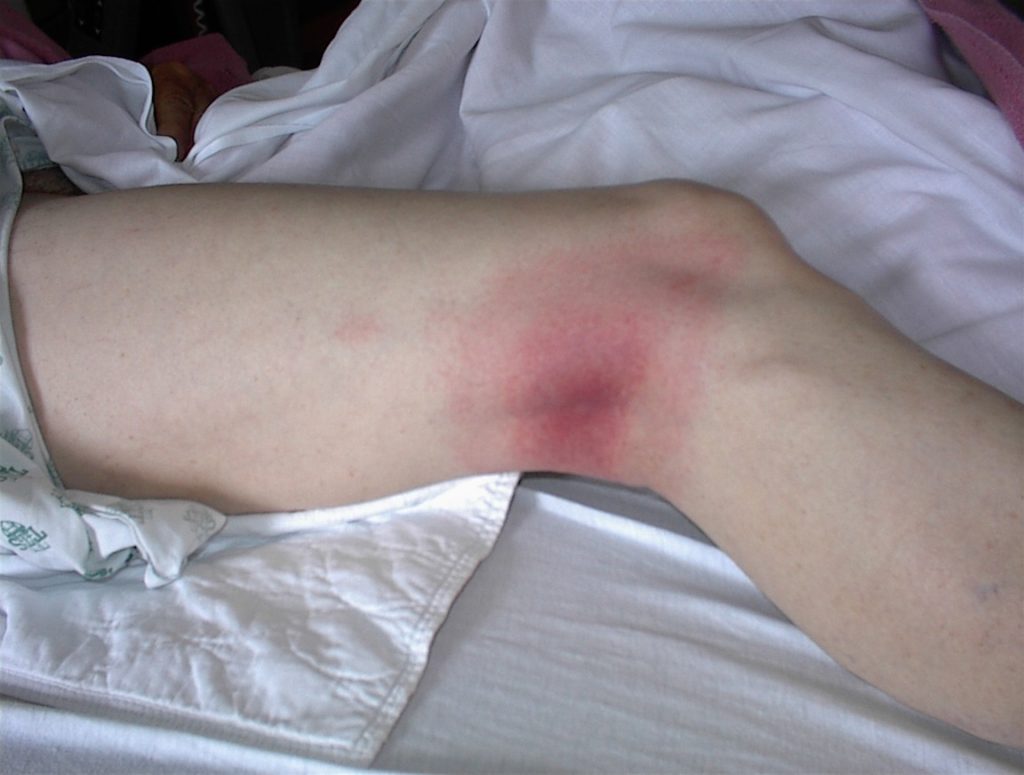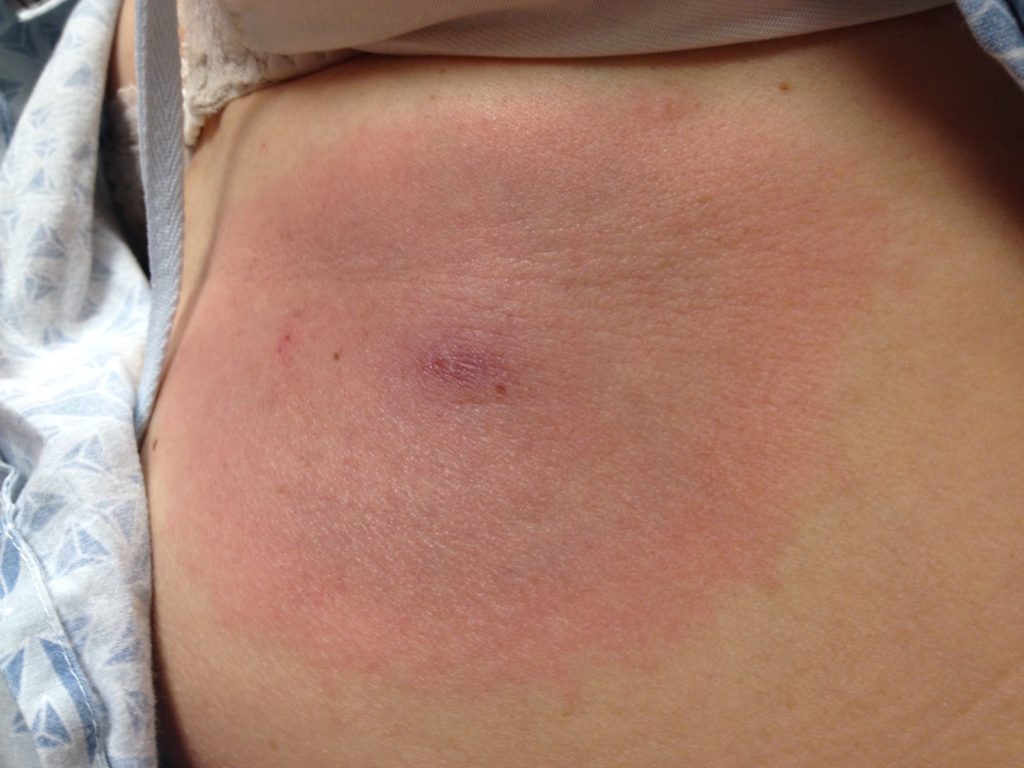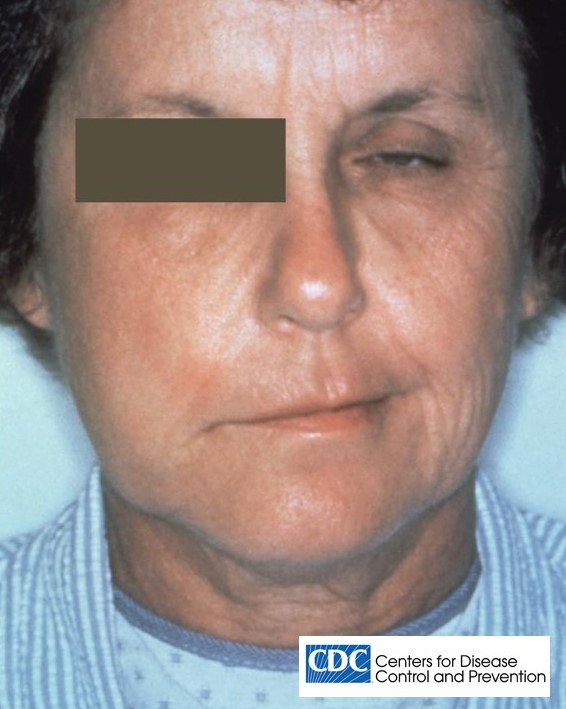For most people, the first symptom they see of Lyme disease is an oval rash at the sight of a tick bite that is called erythema migans. Although it sometimes will look like the classic bullseye rash that has been ascribed to Lyme disease, more often, it will just be a solid red oval shaped rash. It typically is not painful or itchy but can get quite large. Erythema migrans is only present at the early stages of disease as it will resolve spontaneously even without treatment. At this early stage, antibiotics from your primary care doctor will normally clear it up quickly.
How does B. burgdorferi cause erythema migrans?
The center of the rash is where the tick has bitten you, and it goes a bit red like with most insect bites. This is a reaction to the tick bite itself—usually components of the tick saliva. If you’re unlucky and the tick was carrying the Lyme disease bacteria (called Borrelia), they’ll start swimming away from the site of the bite and your immune cells will start chasing them, causing a growing rash. The rash expands outwards as the bacteria swim out, causing irritation and redness as they go. Eventually (after a week or so) they get so spread out







